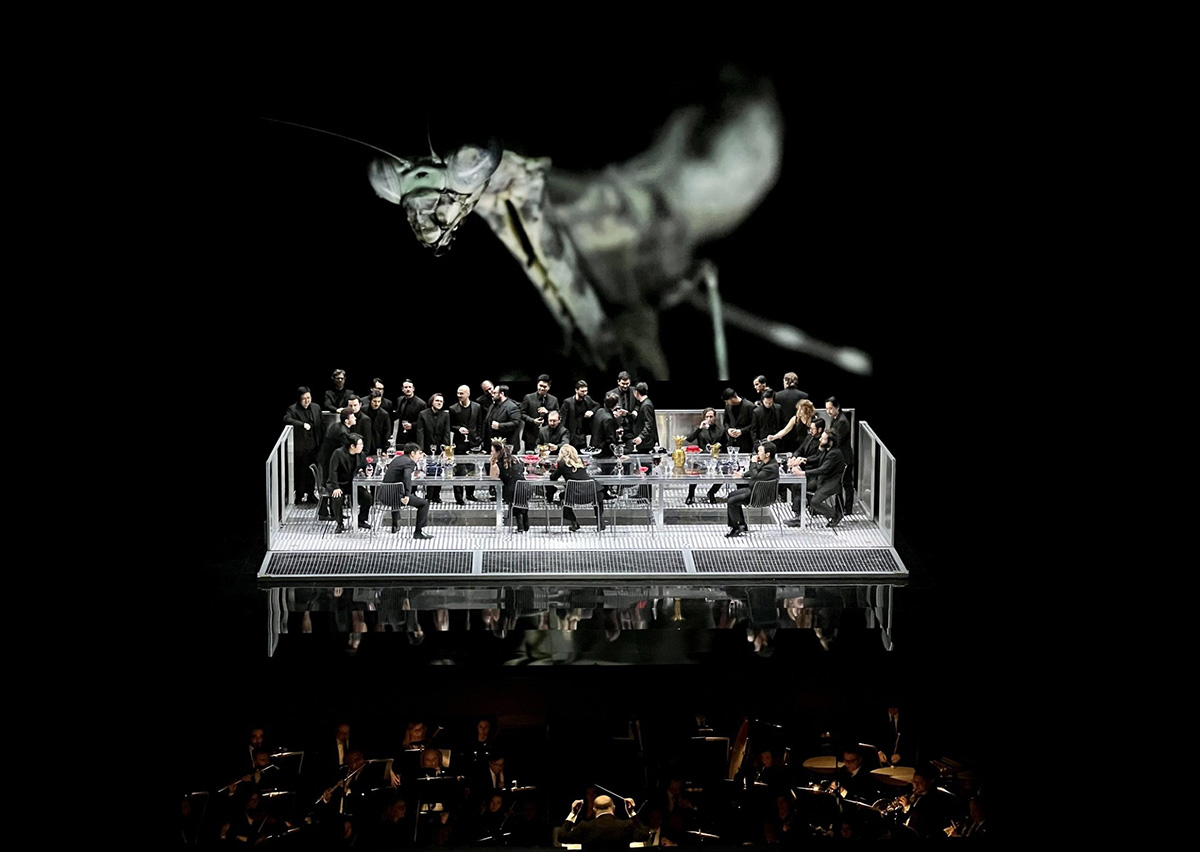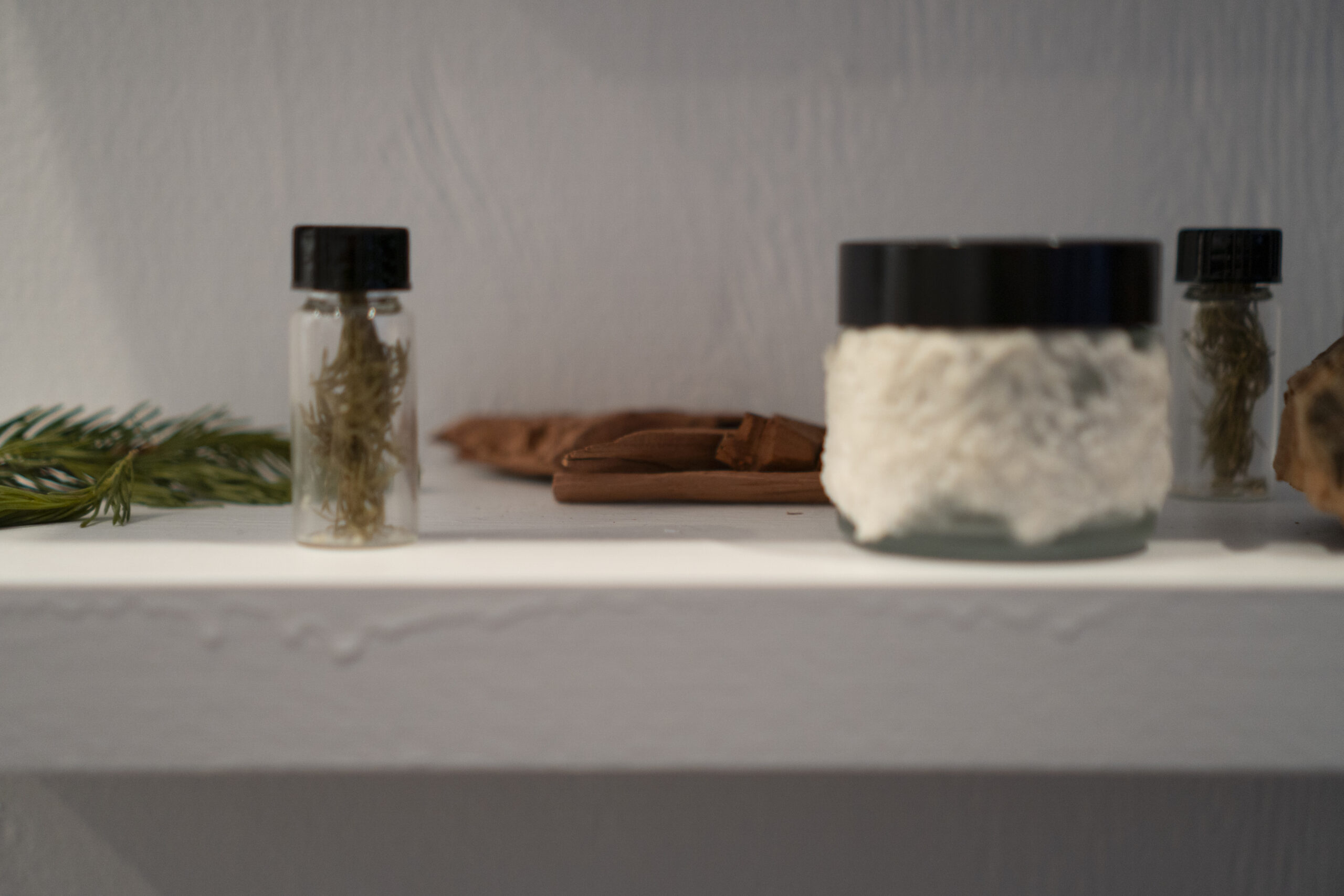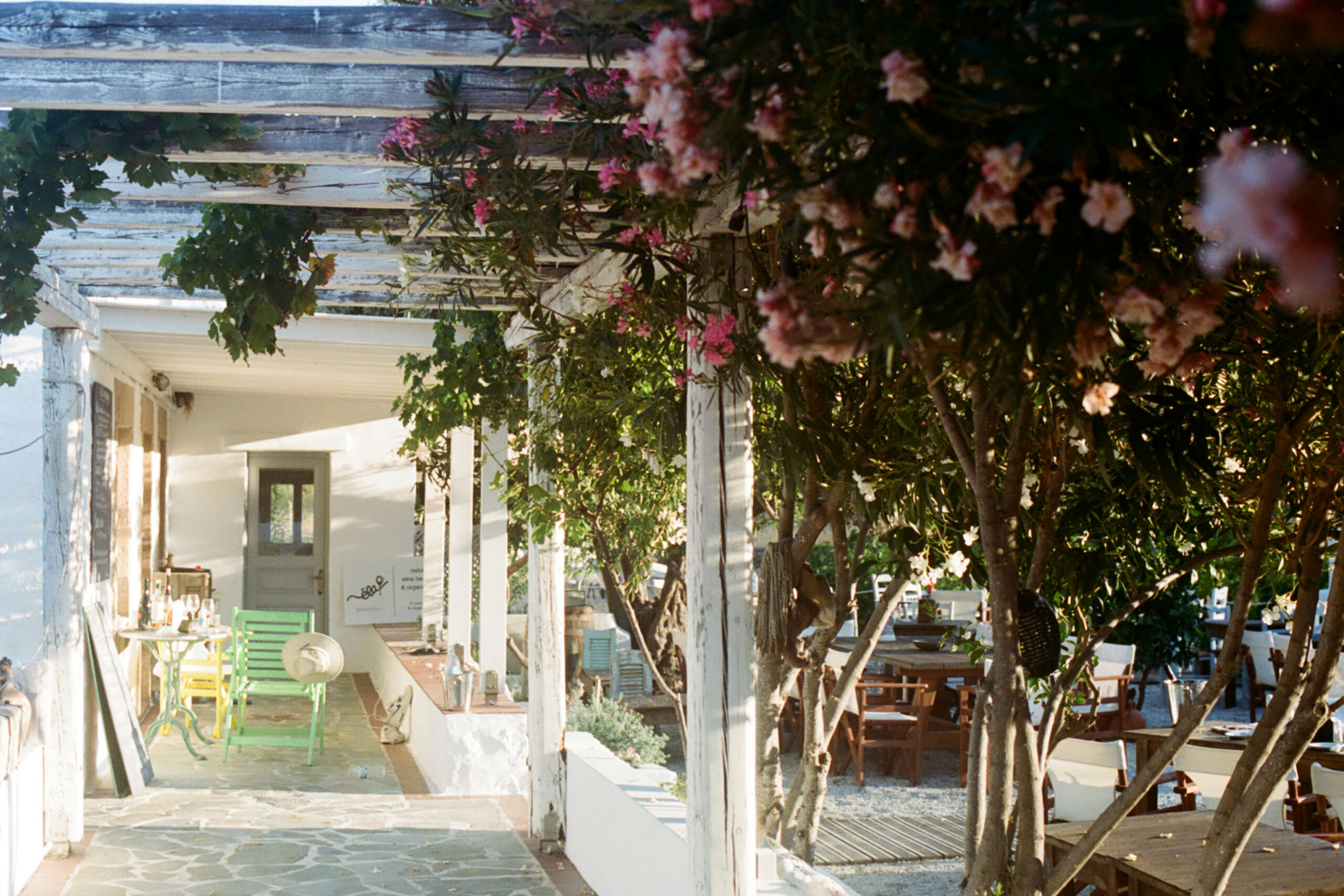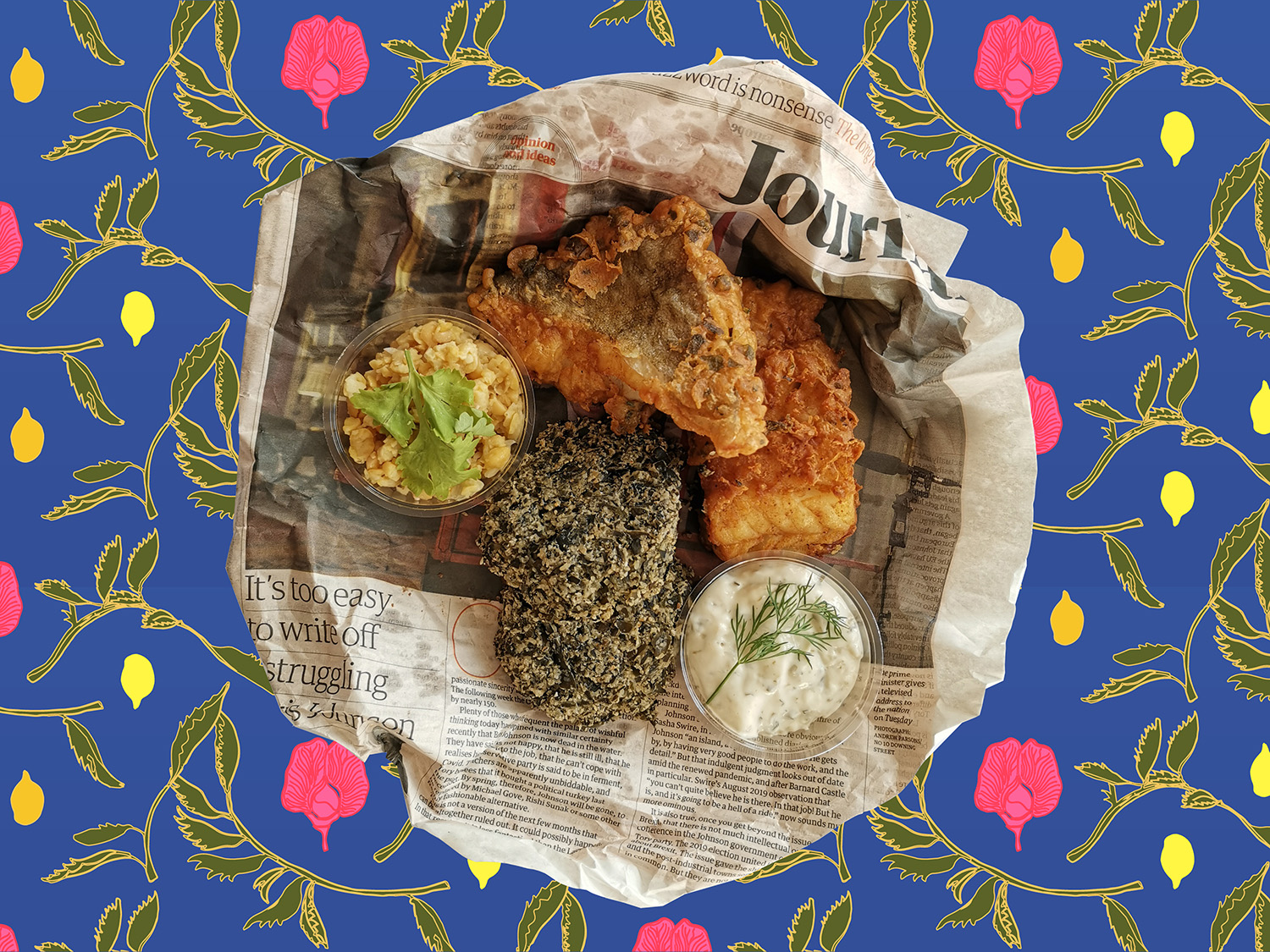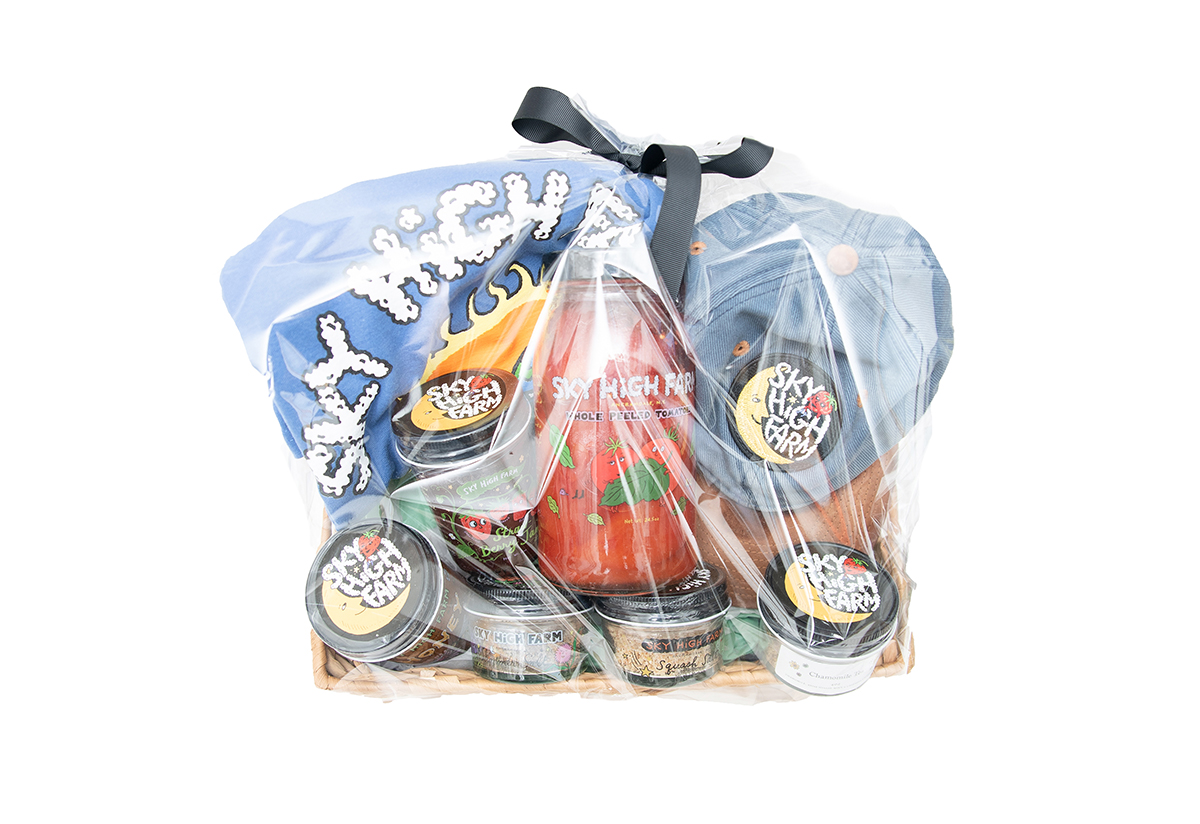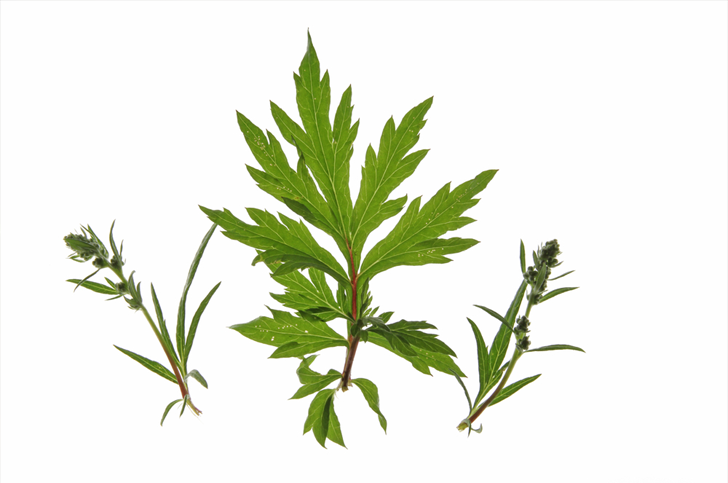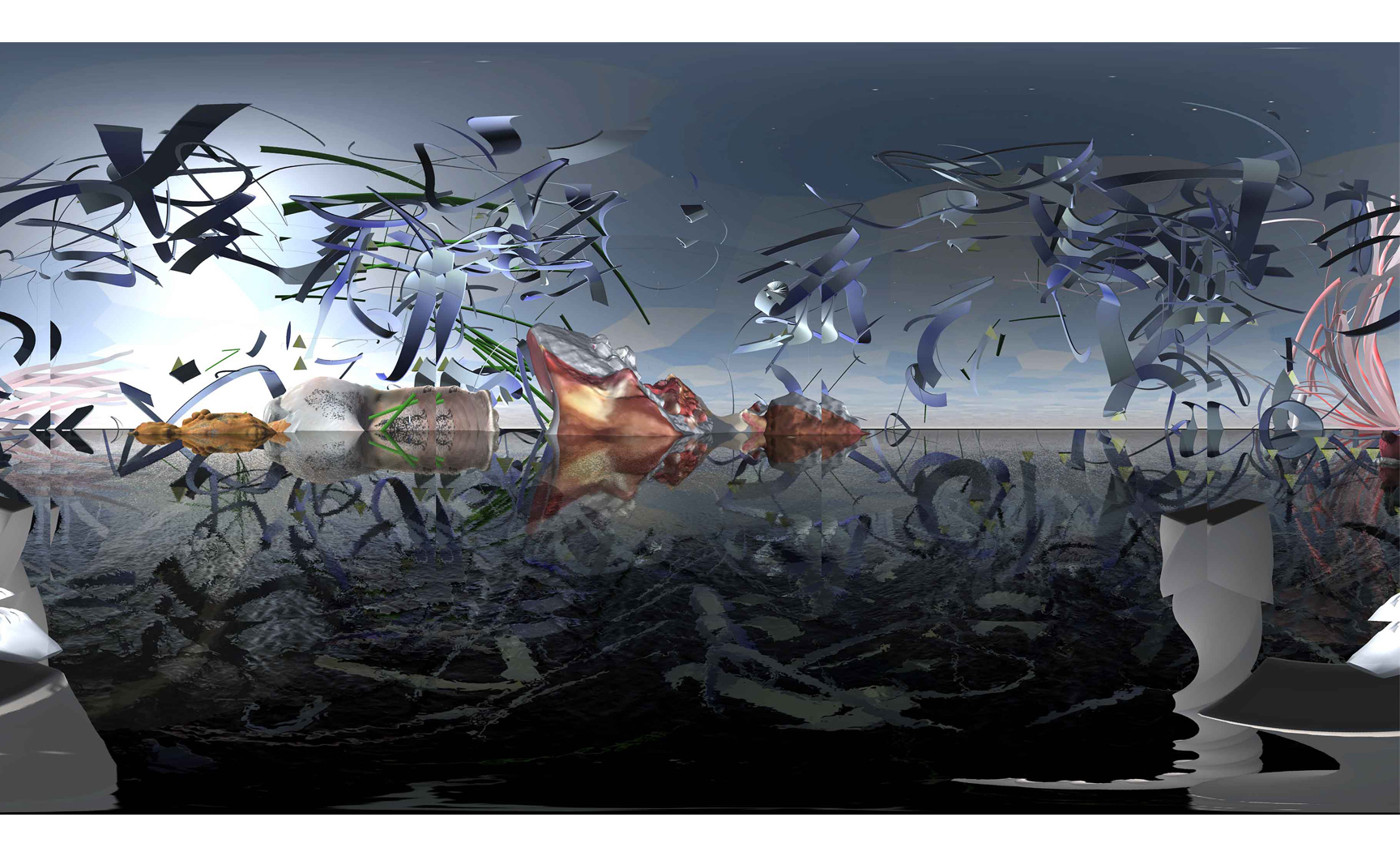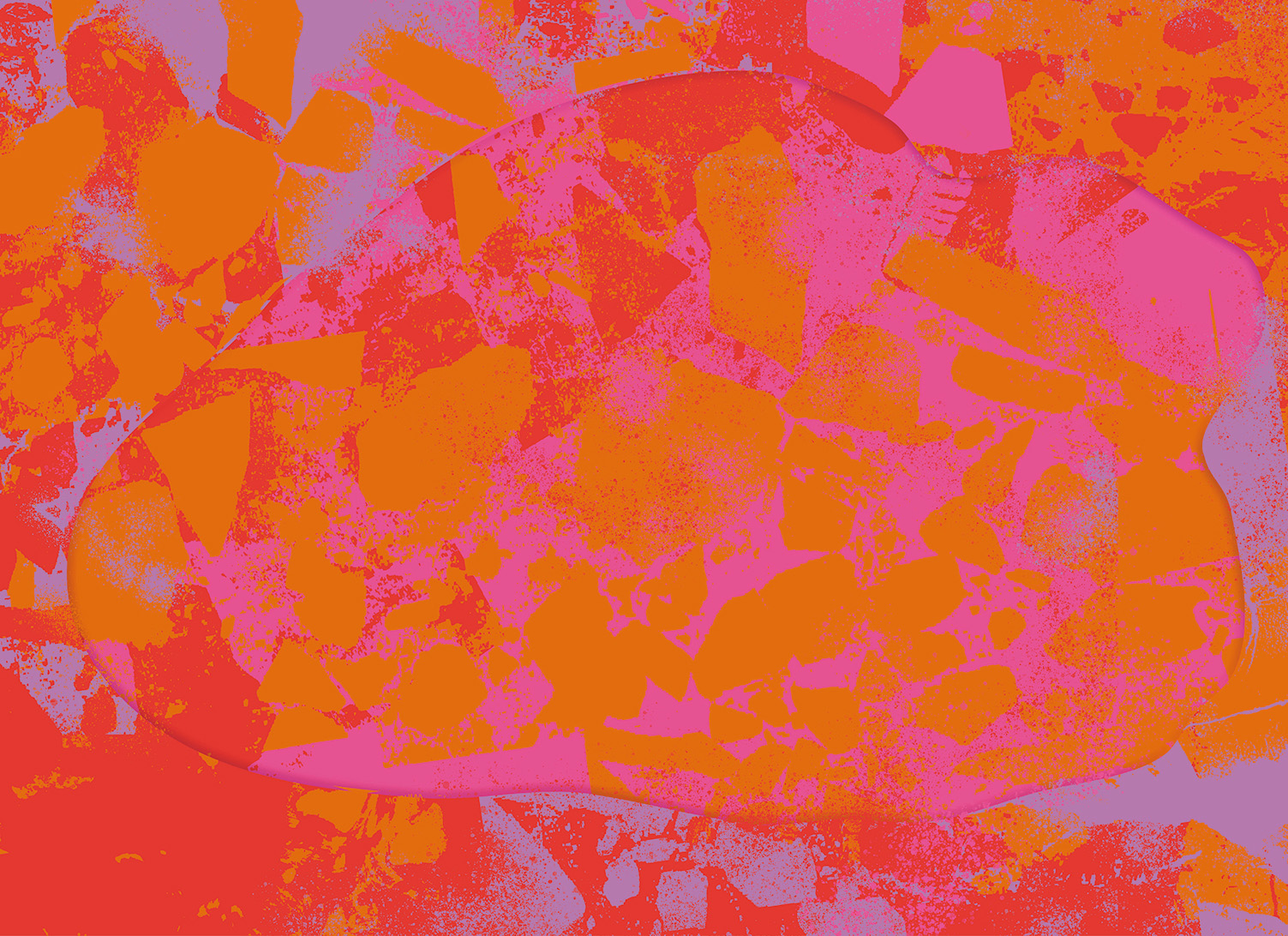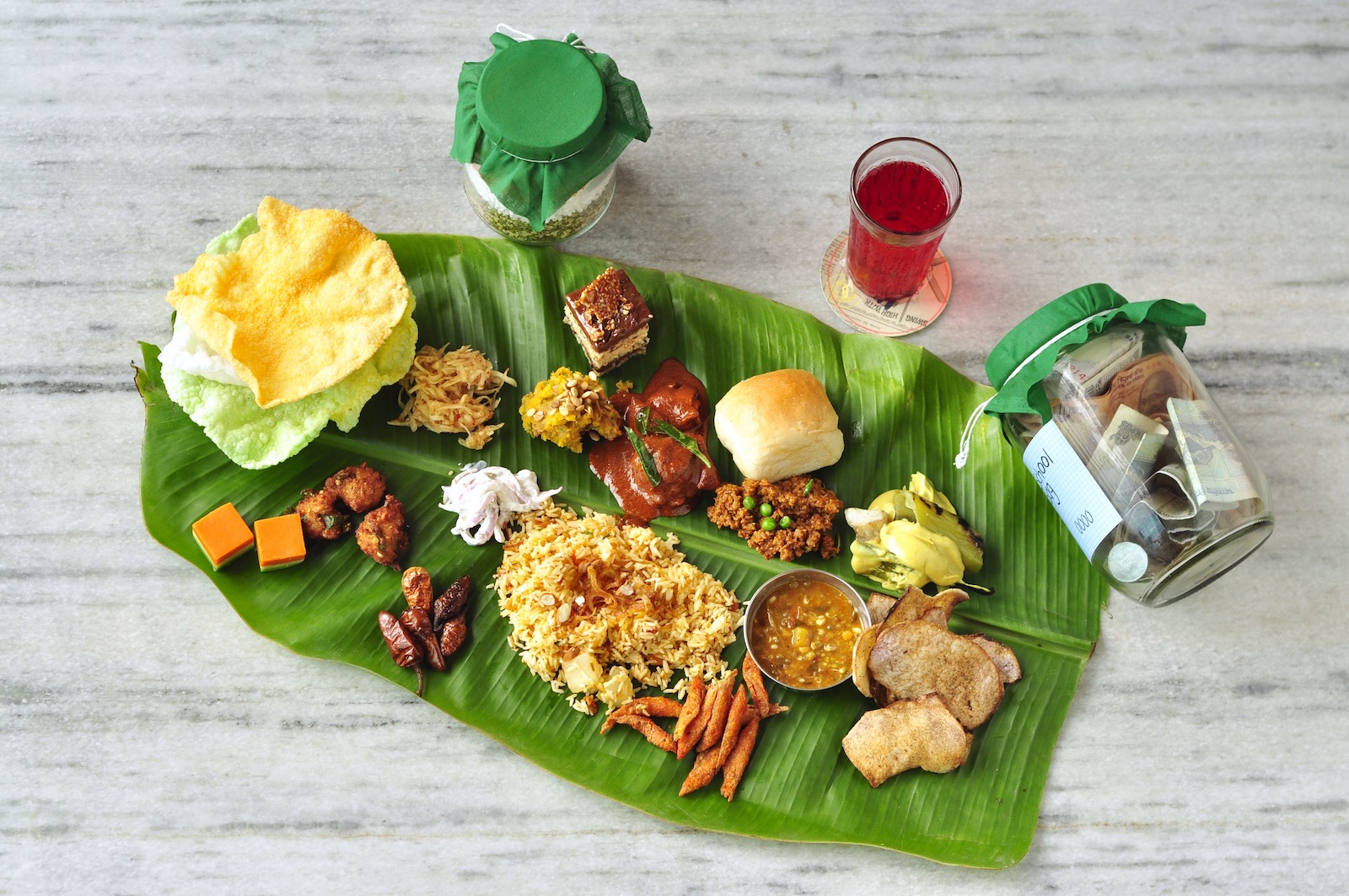Takkali is the name tomato goes by in the Tamil language, one of the oldest tongues of this land. A now ubiquitous element of the Indian kitchen, tomatoes came into Indian cuisine via the imperial route only in the mid to late 19th century. Asking what an everyday gojju or the very humble watery rasam (for which the recipe can only be a back-of-the-envelope kind of scribble) would look like without tomatoes would be gross irreverence. If one were to go further up north in the subcontinent, a base paste of sautéed onions and tomatoes cooked in a profusion of spices becomes the root to achieve most generic curries. Throw in baked beans and you have a stripped-down version of rajma masala, a crowd favorite. Takkali is, or can be, added to every dish. In the kitchen it is both as necessary as salt and as unavoidable as seasoning.
Tomato is relevant because in a near-straight line of land stripped down to its very basic features, I had the very best rasam of my life. The landscape is, I am tempted to say, bleak, stark, otherworldly, shocking—for these words are immediately accessible while trying to make sense of what lies before me. But I deter, and call the land, instead, alive, ethereal, fragile and too, ephemeral.

This land is Dhanushkodi. A narrow strip that juts out into the Bay of Bengal in Tamil Nadu. From Rameshwaram, a strict temple town, a very straight, very long road connects to this village whose very attraction is not its surreal-ness, but its tragedy from half a century ago. One late December day in 1964, a cyclonic storm that started off the coast of Sri Lanka, a mere 18 miles away across the sea, hit the frontier town of Dhanushkodi. Thousands died, and the town was abandoned.
Today it exists in a strange suspended plane—some fisherfolk live there in shacks that look as fragile as paper, a lot of them sell shells, jewelry and knick-knacks made from shells. She sells sea shells by the seashore. Mostly, there are innumerable tourists, far outnumbering the locals. They come after their pilgrimage for fun, photos and sea food, freshly caught just that mid-morning by the husband and fried in old oil in front of you by the wife for a hot lunch. They take photos of returning boats and the ruins of the town—there was the post office, this the wall of the railway station, that one there, the ruins of the church. Dhanushkodi isn’t a real village, for most people go back at the end of the day towards the mainland where it is safer. It is a set that is staged for us visitors, a place to sell a story along with their wares. They call the sea kadal-matha, the sea-mother.

Where once the road ended and one had to take a specially modified van that drove over shoals and shifting waters to reach the village, now a newly laid out very straight, very long road takes one further. To Arichal Munai, the very last bit of land, this side of India. The road curves around a tall Ashoka pillar that lies in lieu of a flag to establish territorial rights over the land of nobody. This is where you now park and walk down a flight of stairs to get into the water. A policeman watches over, ensuring you don’t go beyond the shoal he stands on. Every day, he must stand on a different patch of sand, for depending on the tide, the waters shift constantly. It only adds to the mystique—what you remember now will not be what you see later, in your pictures.
There are places that will always resist understanding, where every description falls flat, and words become so unnecessary that silence is by far the wisest, and only acceptable response. It unsettles me, such experiences, for I do not know how to operate without words. I do not understand how to be there and see it and be unable to process it into a measure of language. Silence itself feels like it ought to be a word.
Dhanushkodi is such. Sand dunes hold off the sea from the road. While riding upon it, it feels like one is piercing the mighty blue with a sharp knife, like cutting into a cheesecake done just right. Rocks set against the edges of the roads are wrapped in nets—so that the stones do not shift—to fortify against the sea that will time and again rage, rage against the land. In several places, there are wild horses grazing on the sparse prickly green that dots the white sand. It is all very bizarre, and everything seems out of place. Also, not.

To have the best rasam ever in a shack, with hot rice and pickle from a plastic sachet, defies expectation. The argot of the fisherfolk surely must have words for why the land looks like it does—shape-shifting, like something the sea spat out. I do not know how to ask them.
There once used to be words for every shape and dip in the land, in one language or the other. Certain languages, like the hegemony of this one you are reading this in, erased that vibrancy. Rewilding contemporary landscape might help un-erase the words that I wish I had to say what Dhanushkodi feels like.
In what language does one begin to understand such nuances though, that is, if language is even capable of such depth?
